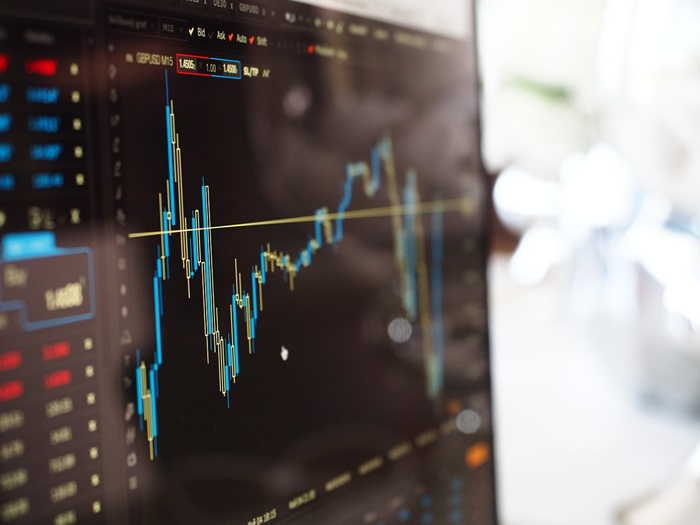The Singapore Stock Exchange (SGX) is one of Asia’s leading financial hubs, offering a diverse range of products and services to investors globally. Known for its robust regulatory framework and strategic geographical location, SGX is an attractive destination for traders seeking to tap into the dynamic markets of Asia. This article explores the various aspects of trading on the Singapore Stock Exchange, including its advantages, market structure, and practical tips for investors.
Advantages of Trading on SGX
- Strategic Location: Singapore’s position as a gateway to Asia makes SGX an ideal platform for accessing emerging markets in the region. The city-state’s stable political environment and pro-business policies further enhance its appeal.
- Diverse Product Range: SGX offers a wide array of financial instruments, including equities, bonds, derivatives, and exchange-traded funds (ETFs). This diversity allows investors to tailor their portfolios according to their risk appetite and investment goals.
- Strong Regulatory Framework: The Monetary Authority of Singapore (MAS) oversees SGX, ensuring a transparent and secure trading environment. This robust regulatory oversight helps protect investor interests and maintain market integrity.
- Technological Infrastructure: SGX leverages advanced trading technologies to provide efficient and reliable market access. The exchange’s trading platform, SGX-ST, offers high-speed execution and comprehensive market data, facilitating informed decision-making.
Market Structure and Trading Hours
SGX operates a continuous trading session, typically from 9:00 AM to 5:00 PM SingaporeTime (SGT), with a midday break between 12:00 PM and 1:00 PM. The market is divided into pre-opening, trading, and closing phases, each serving specific functions to ensure orderly price discovery and settlement processes.
- Pre-Opening Phase (8:30 AM – 9:00 AM SGT): Orders are entered into the system but not matched. This phase helps in price discovery for the opening auction.
- Trading Phase (9:00 AM – 12:00 PM and 1:00 PM – 5:00 PM SGT): Continuous matching of buy and sell orders occurs. Investors can place market, limit, or stop orders during this period.
- Closing Auction Phase (5:00 PM – 5:06 PM SGT): The closing price is determined through an auction mechanism, providing a reference for after-hours trading.
Steps to Start Trading on SGX
- Open a Trading Account: Investors need to open a trading account with a licensed brokerage firm in Singapore. Many international brokers also offer access to SGX.
- Understand the Market: Familiarize yourself with SGX-listed companies, market indices, and sector performance. SGX’s website provides valuable resources, including company announcements, financial reports, and market news.
- Develop a Strategy: Formulate a trading strategy based on your investment goals, risk tolerance, and market analysis. Consider using technical and fundamental analysis to identify potential opportunities.
- Execute Trades: Use your brokerage’s trading platform to place orders. Monitor your trades and adjust your strategy as needed based on market conditions.
- Stay Informed: Keep up with market developments, economic indicators, and geopolitical events that may impact your investments. SGX offers various tools and resources, such as real-time market data and educational webinars, to help traders stay informed.
Risks and Considerations
While SGX offers numerous opportunities, it is essential to be aware of the risks involved in trading. Market volatility, economic fluctuations, and company-specific factors can affect stock prices. Investors should diversify their portfolios to mitigate risks and consider using stop-loss orders to protect against significant losses.

Additionally, understanding the regulatory environment and compliance requirements is crucial. Singapore has stringent rules regarding insider trading, market manipulation, and disclosure obligations. Adhering to these regulations helps maintain market integrity and investor confidence.
Trading on the Singapore Stock Exchange provides access to a dynamic and diverse market environment, supported by a strong regulatory framework and advanced technological infrastructure. By understanding the market structure, leveraging available resources, and developing a robust trading strategy, investors can capitalize on the opportunities SGX offers while managing the associated risks effectively. Whether you are a seasoned trader or a novice investor, SGX’s comprehensive platform can help you achieve your financial objectives in the vibrant Asian markets.
 Anasayfa
Anasayfa Canlı Borsa
Canlı Borsa Borsa
Borsa Döviz Kurları
Döviz Kurları Altın
Altın Hisse Senetleri
Hisse Senetleri Endeksler
Endeksler Döviz Hesaplama
Döviz Hesaplama Döviz Çevirici
Döviz Çevirici Kredi Arama
Kredi Arama




































































































